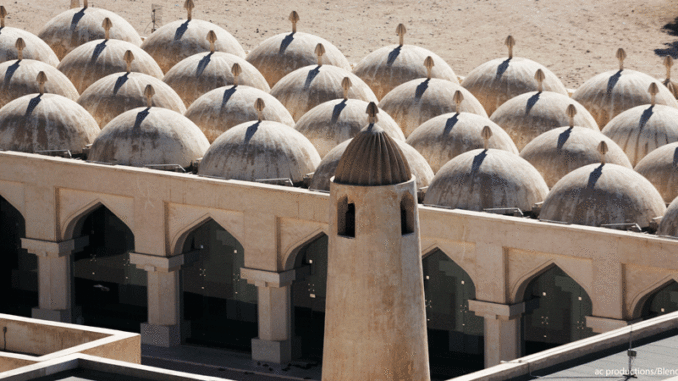
In what is seen as a crisis in the Middle East, the Gulf Cooperation Council, or GCC, has organized a blockade of Qatar, one of its member nations. Here, we take a look at the chain of events leading up to the blockade, and its potential impact on the United States and the rest of the region.
A Long and Troubled History
Qatar, a tiny nation about the size of Connecticut, became independent in 1971. Since then, it has functioned as a barely-sovereign nation, dominated by its much larger and much more powerful neighbor, Saudi Arabia. But Qatar’s relationship with Saudi Arabia remained tense. In 1992, a border dispute left two Qatari soldiers dead. And in the 1994 Yemen civil war, Qatar and Saudi Arabia took opposing sides in the struggle.


In 1995, Sheikh Hamad bin Khalifa al-Thani seized control of Qatar and set about liberating it from Saudi domination. His plan was to escape Saudi Arabia’s influence by becoming its rival instead. As crown prince, Sheikh Hamad managed to successfully transform Qatar’s economy in just a few years. He did it by establishing ties with Israel and Iran, hosting a large American air base, creating the news site Al Jazeera, promoting diplomacy between leaders of Arab nations, and capitalizing on its large gas reserves. As a result, Qatar’s economy leapt from $8.1 billion in 1995 to $210 billion in 2014 (Sheikh Hamad abdicated the throne in 2013 due to poor health).
Meanwhile, however, the nation’s relationship with Saudi Arabia continued to worsen. In 2002, Saudi Arabia withdrew its ambassador to Qatar. In 2011, when populist uprisings known as the “Arab Spring” occurred throughout the Middle East, Qatar seized on the opportunity to back anti-government groups, including in Saudi Arabia, while the Saudi government fought to preserve the traditional order across the region. In some places, such as Libya and Syria, this rivalry led to violence.
At the moment, Saudi Arabia is once again the dominant nation of the two. Nevertheless, Qatar has kept its strong influence in the region and its close ties with Iran, even creating a nuclear agreement with Iran in 2015; as a result, Saudi Arabia continues to view Qatar as a threat. This is the force that led to last week’s blockade of Qatar by the GCC.
What It Means for the U.S.–and the Rest of the Region
President Trump enjoyed a warm welcome in Saudi Arabia during his foreign tour last month. Since then, he has vocally supported the blockade of Qatar, which up until now has been considered an American ally. (The United States has depended on its base in Qatar during the war in Iraq and the more recent strikes in Syria.)
Predictably, the blockade has further divided the nations of the Middle East by forcing them to take sides. While the rest of the GCC (Bahrain, Kuwait, Oman, and the United Arab Emirates) supports the blockade, Iran, Morocco, and Turkey have all come out on the side of Qatar. It remains to be seen how much this division will further destabilize the region.
